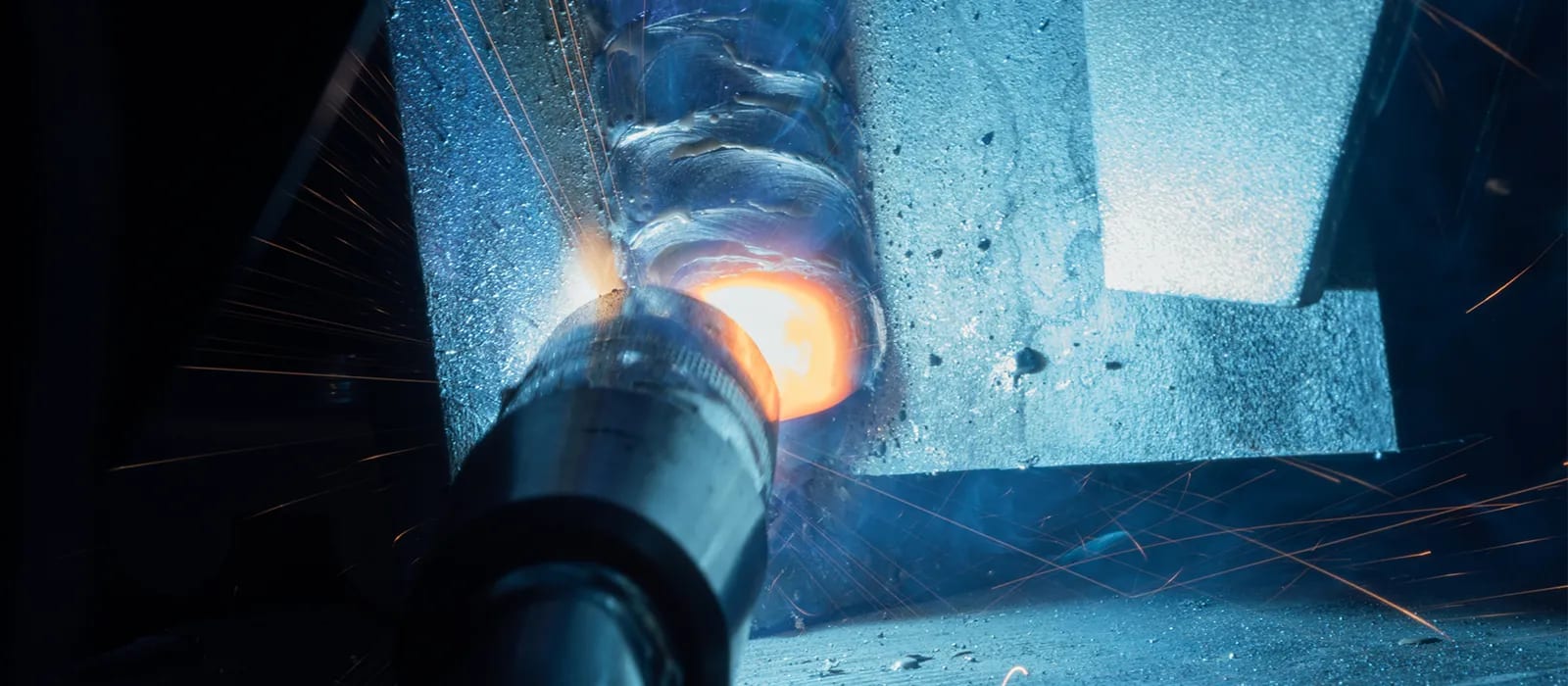What is Porosity in Welding: Understanding Its Reasons and Enhancing Your Abilities
What is Porosity in Welding: Understanding Its Reasons and Enhancing Your Abilities
Blog Article
Understanding Porosity in Welding: Discovering Reasons, Impacts, and Avoidance Techniques
As professionals in the welding industry are well conscious, comprehending the reasons, impacts, and avoidance strategies connected to porosity is crucial for attaining robust and trusted welds. By diving into the root causes of porosity, analyzing its detrimental effects on weld high quality, and checking out efficient prevention strategies, welders can improve their understanding and abilities to create high-grade welds consistently.
Typical Sources Of Porosity
Contamination, in the form of dirt, oil, or corrosion on the welding surface area, develops gas pockets when warmed, leading to porosity in the weld. Improper protecting happens when the protecting gas, typically used in processes like MIG and TIG welding, is unable to fully protect the liquified weld pool from responding with the bordering air, resulting in gas entrapment and succeeding porosity. Additionally, poor gas coverage, usually due to wrong flow rates or nozzle positioning, can leave components of the weld unsafe, permitting porosity to create.
Impacts on Weld Quality
The existence of porosity in a weld can substantially compromise the overall top quality and honesty of the bonded joint. Porosity within a weld creates spaces or tooth cavities that deteriorate the structure, making it a lot more prone to cracking, deterioration, and mechanical failure. These gaps act as anxiety concentrators, reducing the load-bearing capacity of the weld and raising the chance of premature failing under used anxiety. On top of that, porosity can likewise work as prospective websites for hydrogen entrapment, additional worsening the destruction of the weld's mechanical buildings.
Moreover, porosity can impede the efficiency of non-destructive testing (NDT) techniques, making it testing to discover other defects or suspensions within the weld. This can lead to substantial security worries, especially in critical applications where the structural integrity of the bonded components is extremely important.

Avoidance Techniques Introduction
Offered the damaging impact of porosity on weld top quality, reliable avoidance strategies are essential to maintaining the architectural stability of bonded joints. In addition, selecting the ideal welding parameters, such as voltage, current, and take a trip rate, can assist lessen the danger of porosity formation. By integrating these prevention techniques into welding techniques, the incident of porosity can be significantly reduced, leading to more powerful and much more dependable bonded joints.
Importance of Appropriate Protecting
Appropriate securing in welding plays an important function in avoiding atmospheric contamination and making certain the honesty of bonded joints. Securing gases, Get More Info such as argon, helium, or a mix of both, are frequently used to safeguard the weld pool my explanation from responding with elements in the air like oxygen and nitrogen. When these reactive components enter into contact with the hot weld swimming pool, they can create porosity, resulting in weak welds with lowered mechanical buildings.

Poor securing can result in numerous defects like porosity, spatter, and oxidation, compromising the structural stability of the welded joint. Sticking to correct shielding methods is crucial to produce top notch welds with marginal defects and ensure the long life and integrity of the bonded elements.
Tracking and Control Methods
Exactly how can welders effectively monitor and regulate the welding process to make certain optimal results and protect against defects like porosity? By constantly keeping an eye on these variables, welders can identify deviations from the excellent conditions and make immediate adjustments to protect against porosity development.

Furthermore, applying correct training programs for welders is important for keeping track of and managing the welding process successfully. What is Porosity. Educating welders on the importance of maintaining regular specifications, such as correct gas shielding and take a trip speed, can aid protect against porosity concerns. Normal evaluations and qualifications can additionally guarantee that welders are skillful in surveillance and controlling welding processes
Additionally, the usage of automated welding systems can boost tracking and control abilities. These systems can precisely manage welding criteria, minimizing the likelihood of human error and ensuring regular weld quality. By incorporating sophisticated monitoring modern technologies, training programs, and automated systems, welders can efficiently keep an eye on and manage the welding procedure to reduce porosity flaws and achieve high-grade welds.
Final Thought

Report this page